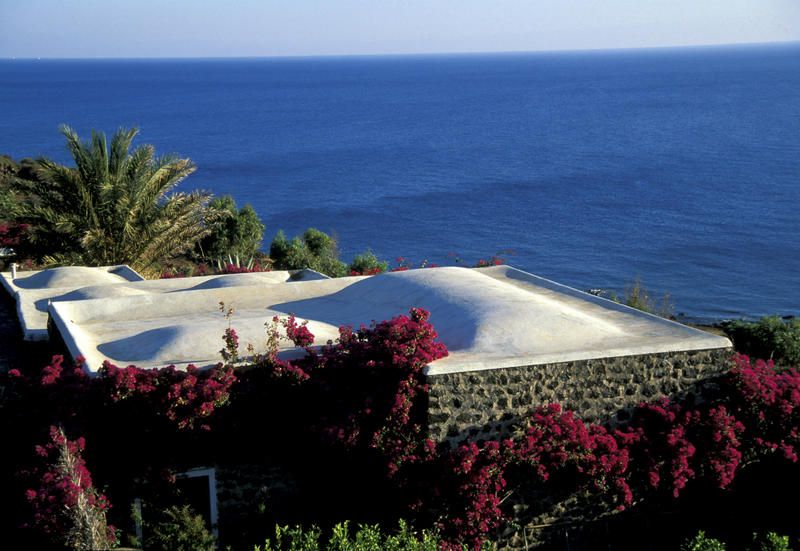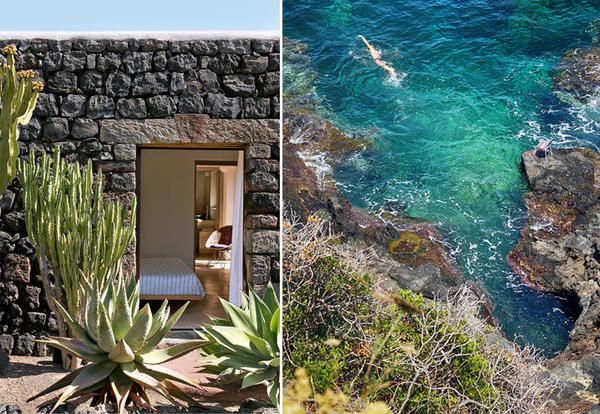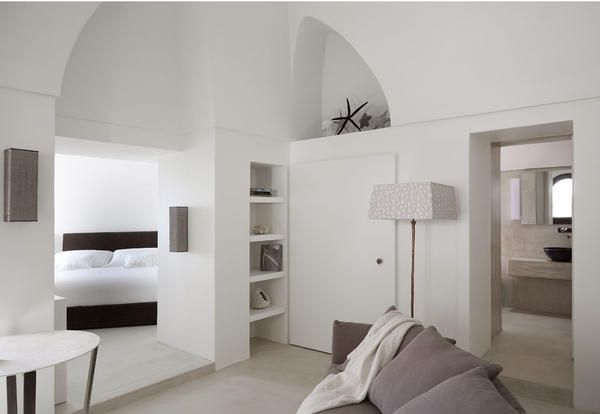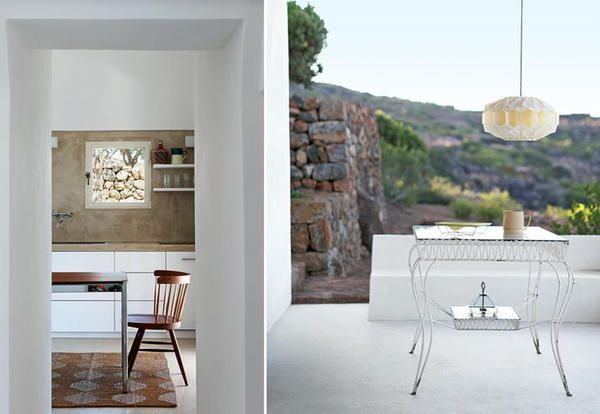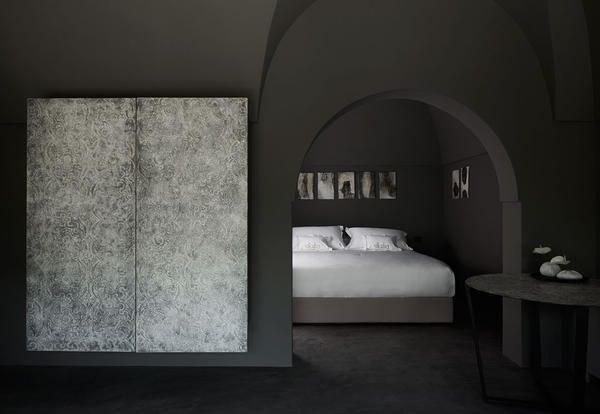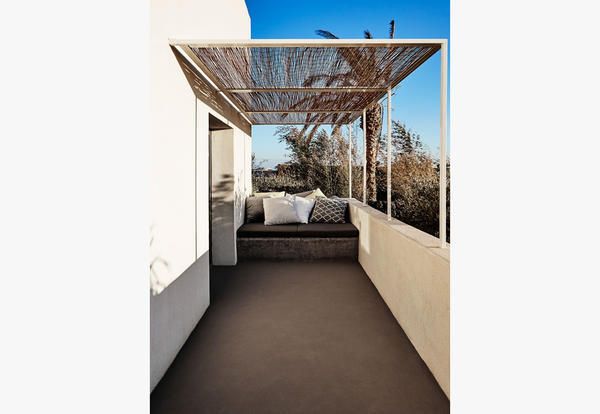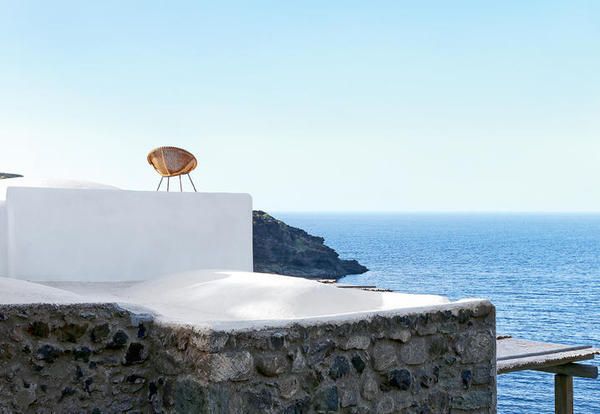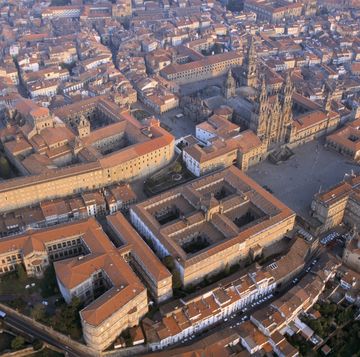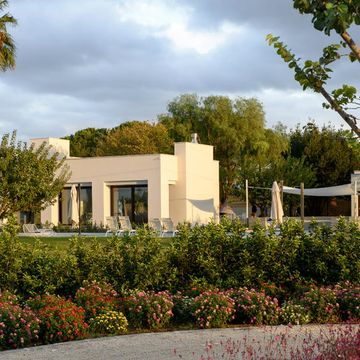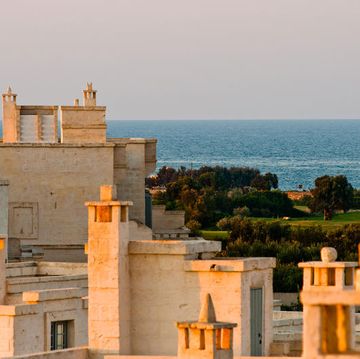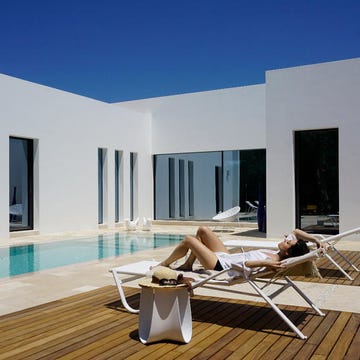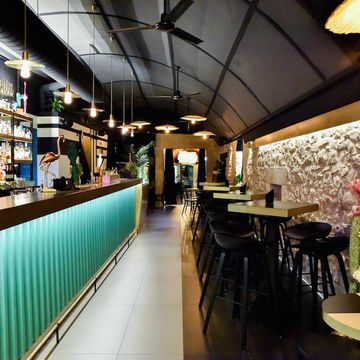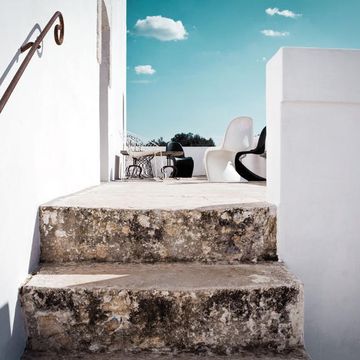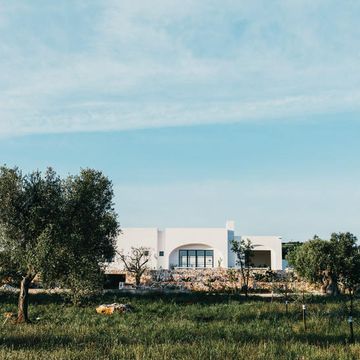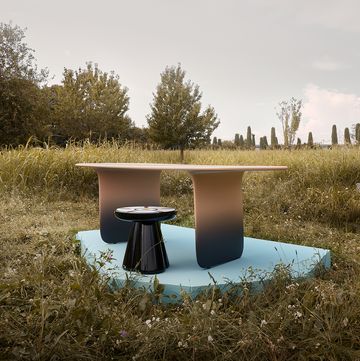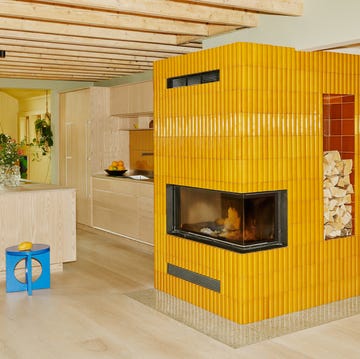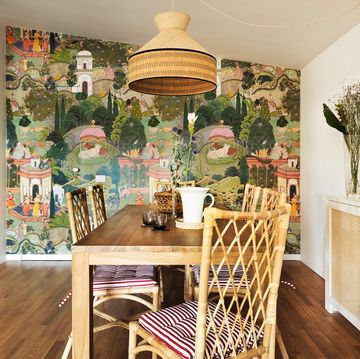If you dream of restoring a traditional dammuso and moving to the Sicilian island of Pantelleria, well, your plan is not as impossible as it sounds. I mean, just surf through the internet for a few minutes and you will bump into loads of typical dammusos currently up for sale. After all, when it comes to ancient buildings leaking history and pure charme, Italy – and especially, Sicily – boasts an unprecedented record.
An actual gem in the Mediterranean Sea, the tiny island of Pantelleria is a blend of man-made architecture and immaculate nature: dammusos are indeed the typical local dwellings first erected by Arabs a few centuries BC.
Resulting from specific architectural codes, they have been arousing an increasing interest among tourists that – faced with a wide range of options – often opt for purchasing old, decaying, and definitely affordable structures destined to undergo renovation.
Bu the question is: how do we restore an ancient dammuso by using a contemporary yet preservative touch?
Here’s a list of three inspiring projects d’auteur.
Let’s start form the very obvious truth that any single brick composing the dammuso was put there for a reason. Since none of its architectural features was built by chance, a preservative and respectful approach is definitely mandatory.
So, first thing: pay homage to the building’s original nature.
The Arabic dammuso has a cubic base covered by a dome-shaped roof conceived to collect and canalise rainwater into specific tanks; the thick walls and small openings are useful to thermal insulation, by keeping rooms cool in summer and warm in winter; lastly, the house is enclosed by 4 metre-high drystone border walls (called U Jardinu), which help protect both residents and citrus plants from severe winds.
Once the original external areas have been restored, we shall focus on interiors.
As previously mentioned, such constructions feature narrow doors and small windows aimed to insulate the house, alas resulting into a slightly fragmented, dark and hardly breezy interior layout.
Here’s a good reason to go for bright chromatic palettes, and employ timeless total-white nuances for both the walls and lightweight textiles.
This solution is especially suitable for small-sized dammusos, since the white colour is widely known for optically increasing the available space.
Still, darker tones are also recommended if you deal with larger volumes and a smoother spatial arrangement.
As for the furniture, a spicy cocktail of contemporary design pieces and hand-crafted complements will certainly give your dammuso a modern twist of ancient taste.
Last but not least, here come the outdoors. With sea waters literally on your doorstep, to enjoy en plein air moments is an undeniable must.
So do nor hesitate and restore the Cannizzo, a traditional open-air roof made of canes providing shelter from the hot boiling sun of Sicily.
Although we are fond of its traditional texture, several architects went for shaking up local traditions and replaced canes with timber, iron, palm leafs or stunning bougainvilleas.
Total-white is the name of the game, and so is minimalist furniture!
